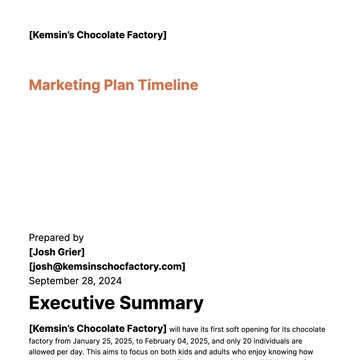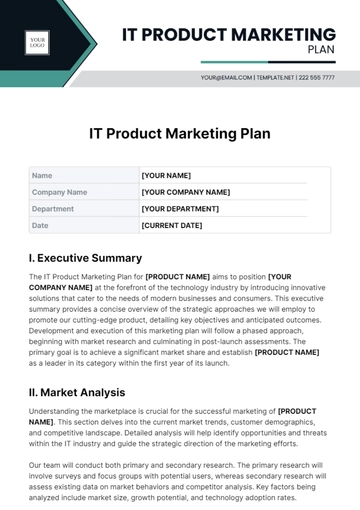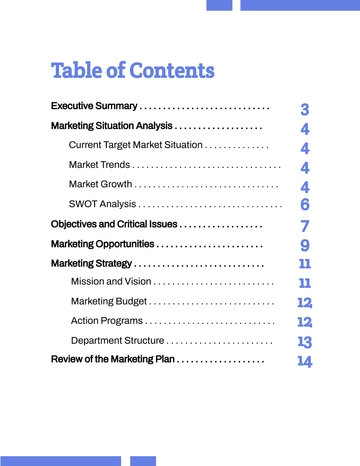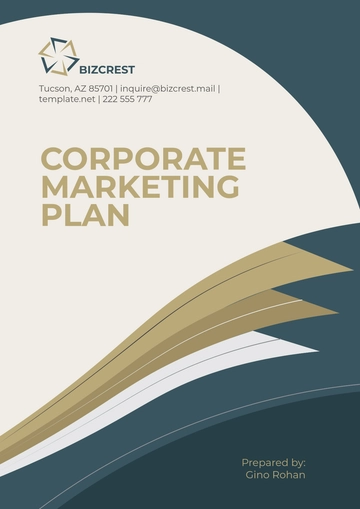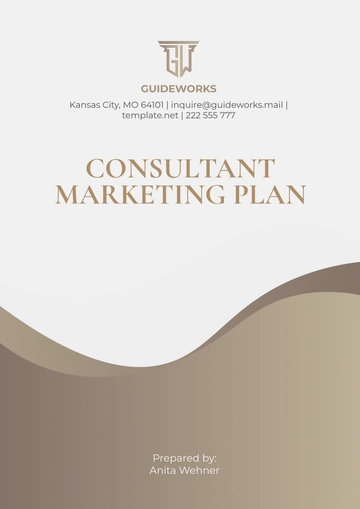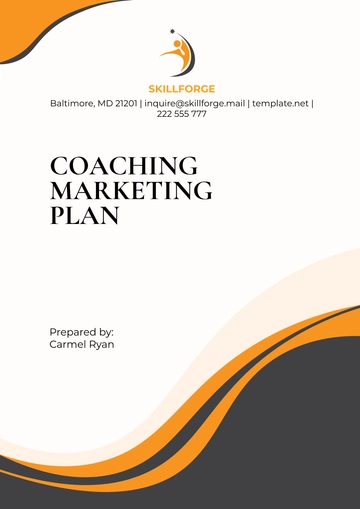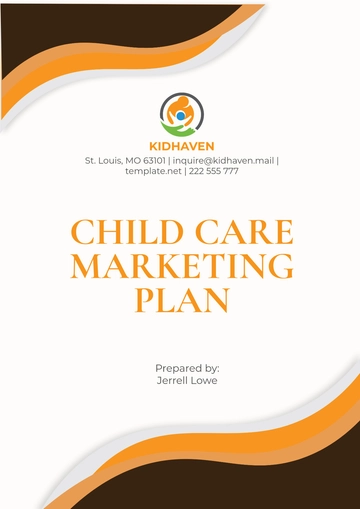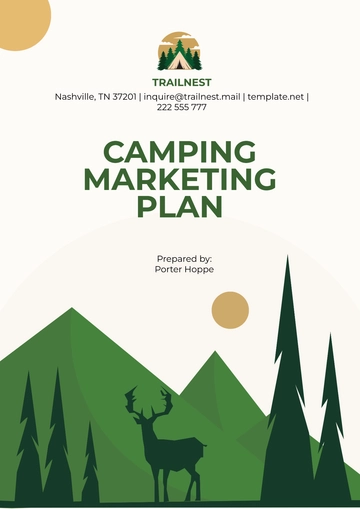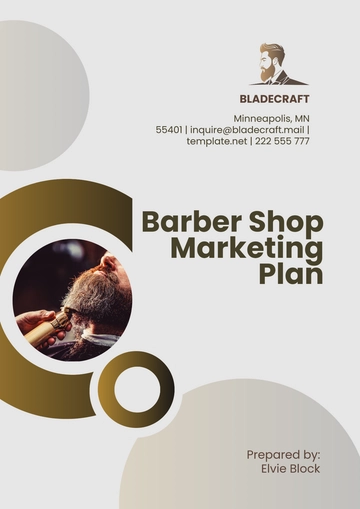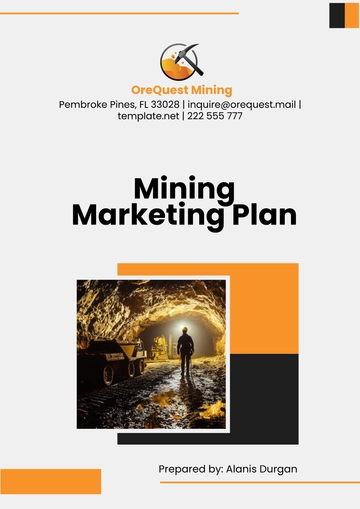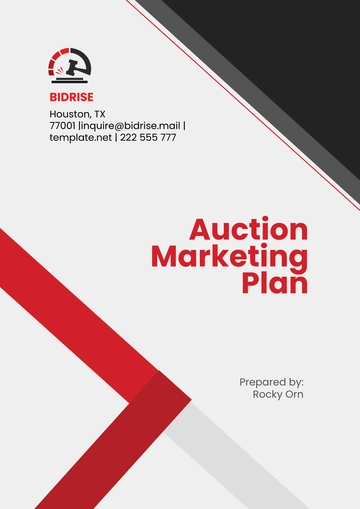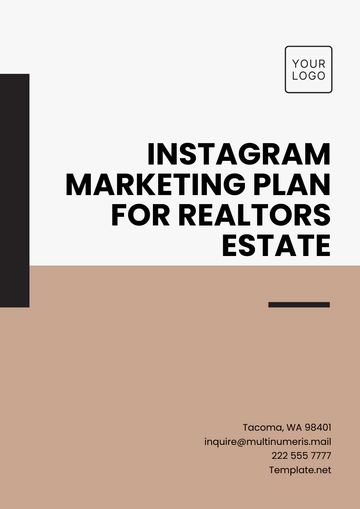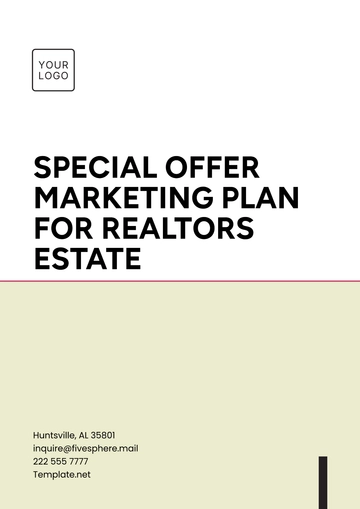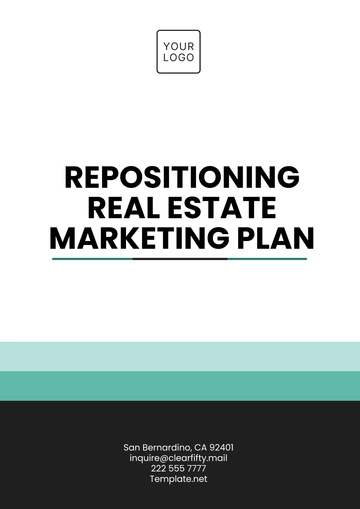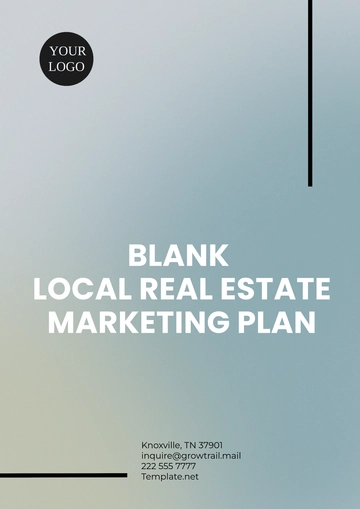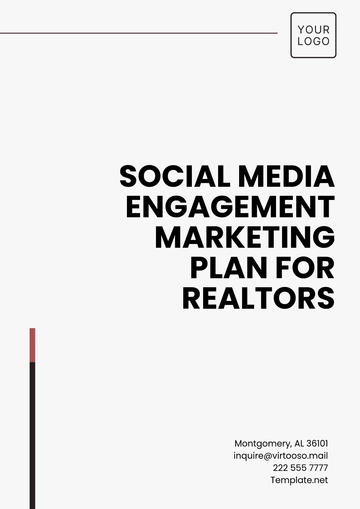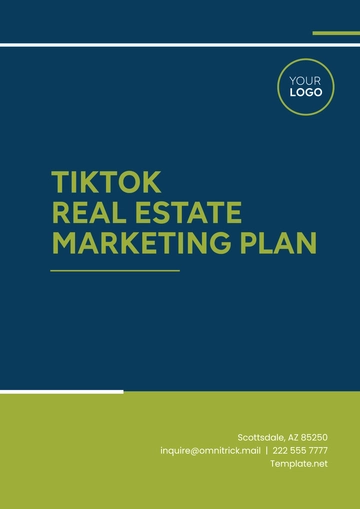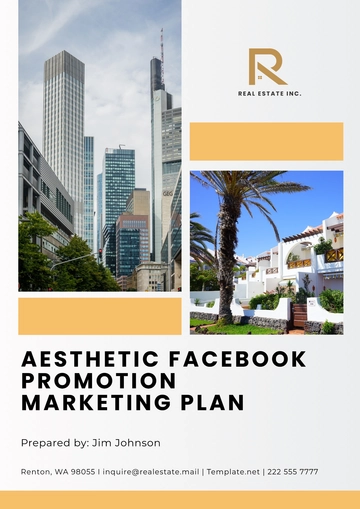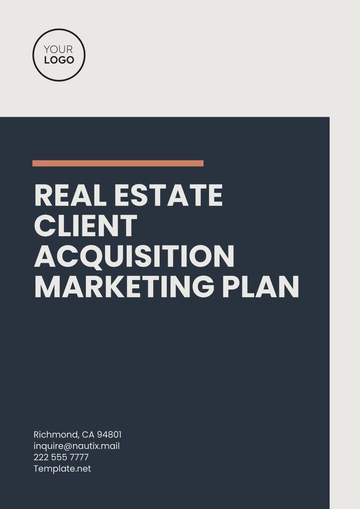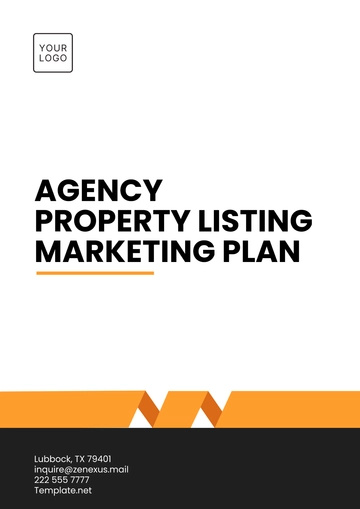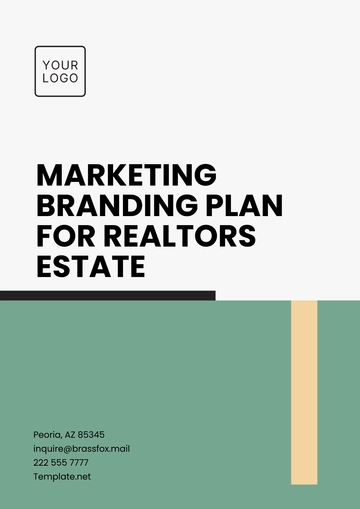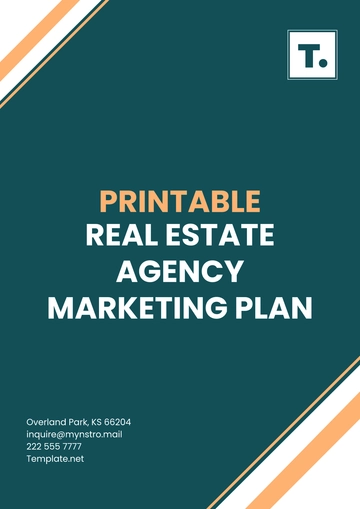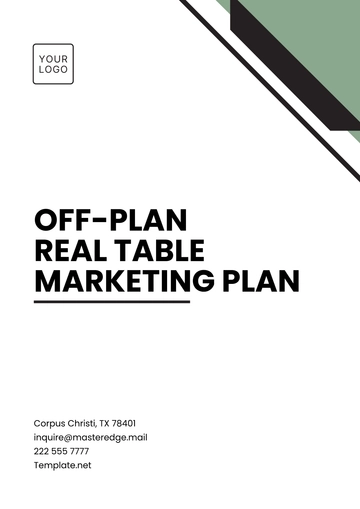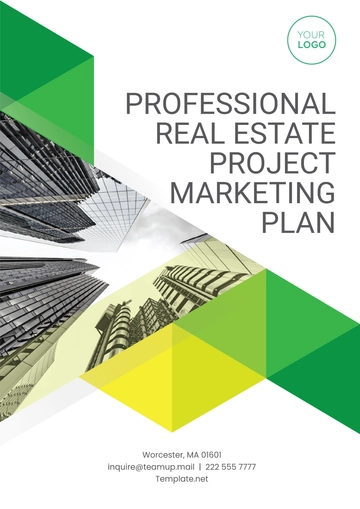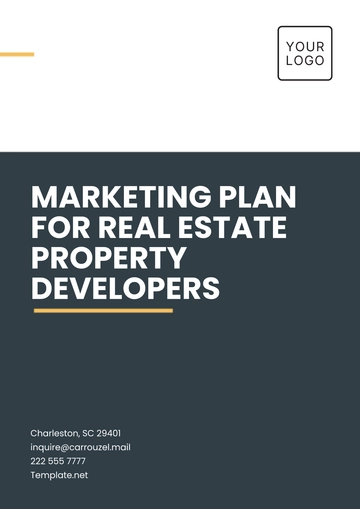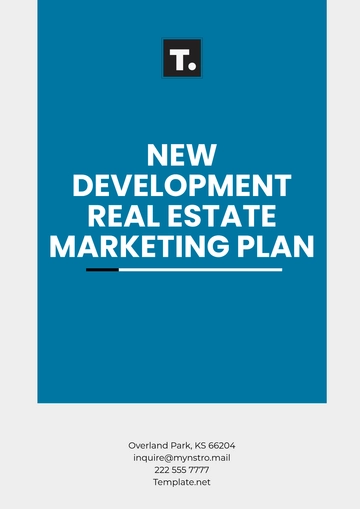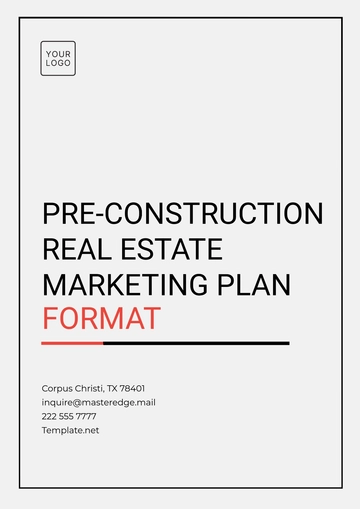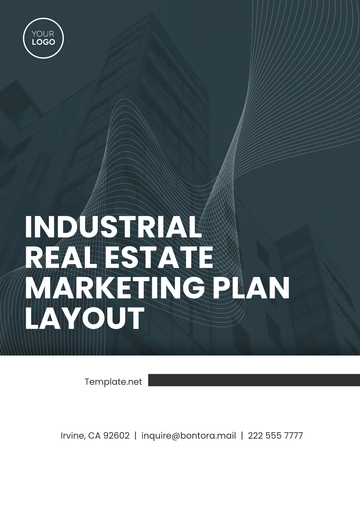Free Interior Design Marketing Plan

1. Executive Summary
Introduction: As [YOUR COMPANY NAME] gears up for a transformative journey toward 2050, our marketing strategy aims to solidify our position as the leading provider of innovative and sustainable interior design solutions. This plan is crafted to attract discerning residential and commercial clients by leveraging state-of-the-art digital marketing, customized client experiences, and a strong emphasis on sustainability.
Content of the Executive Summary: [YOUR COMPANY NAME] is committed to becoming the premier choice for high-end, eco-conscious interior design. In the coming years, we will focus on harnessing digital marketing tools to broaden our reach and deepen engagement with potential clients. Additionally, we will provide bespoke experiences that not only meet but exceed client expectations through personalized service and attention to detail. Our sustainable practices will not only appeal to environmentally aware consumers but also set new standards within the industry.
Our strategic objectives are to increase market share by appealing to upscale demographics, integrate cutting-edge technology into our design process, and lead the market in eco-friendly practices. By adhering to this strategy, [YOUR COMPANY NAME] will not only enhance its competitive edge but also contribute positively to the global push for sustainable living environments.
2. Market Analysis
Introduction: An in-depth understanding of the current market landscape and emerging trends is crucial for tailoring our marketing strategies effectively. Our analysis highlights significant opportunities within the interior design industry, particularly in sustainable and technologically integrated living spaces.
Detailed Analysis: Recent industry reports indicate a projected 30% increase in demand for smart interiors and sustainable materials by 2055. This surge is driven by a growing consumer preference for eco-friendly products and intelligent home solutions that enhance living comfort and efficiency. Furthermore, our competitive analysis reveals a noticeable gap in fully integrated, customer-centric design services— a niche that [YOUR COMPANY NAME] is uniquely positioned to fill.
Table 1: Competitive Analysis Overview
Competitor | Strengths | Weaknesses | Opportunities for [YOUR COMPANY NAME] |
|---|---|---|---|
Company A | Strong brand recognition | Limited customization options | Offer tailored, bespoke design solutions |
Company B | Extensive product range | Slow adoption of sustainable practices | Lead with green design innovations |
Company C | Advanced tech integration | High pricing models | Compete on value and eco-efficiency |
To capitalize on these insights, our marketing initiatives will emphasize our strengths in customization and sustainability, positioning us as pioneers in the industry who cater to the evolving needs of modern consumers.
3. Target Audience
Introduction: Identifying and understanding our target audience is fundamental to crafting messages and campaigns that resonate effectively. Our target audience comprises individuals and businesses who value aesthetics, functionality, and sustainability in their living and working environments.
Detailed Segmentation:
High-Income Residential Homeowners (Aged 30-55): This demographic seeks luxurious, yet eco-friendly home solutions. They are likely to be influenced by trends and prioritize sustainability as much as design quality.
Boutique Commercial Offices and Eco-Friendly Companies: These entities look for innovative design that reflects their brand’s commitment to environmental responsibility.
Real Estate Developers Focused on Upscale, Sustainable Projects: Developers in this segment aim to differentiate their residential or commercial projects with high-end, sustainable interiors to attract premium buyers.
Table 2: Target Audience Characteristics
Segment | Age Range | Key Characteristics | Preferred Communication Channels |
|---|---|---|---|
Residential Homeowners | 30-55 | Affluent, environmentally conscious, trend-sensitive | Social Media, High-end Magazines, Online Ads |
Boutique Commercial Offices | N/A | Brand-conscious, eco-driven, quality-focused | LinkedIn, Industry Conferences, B2B Portals |
Real Estate Developers | N/A | Innovation-seeking, quality and ROI-driven | Direct Sales, Real Estate Expos, Professional Networking Events |
Engagement Strategies: To engage these segments effectively, we will utilize targeted digital marketing strategies, including personalized email campaigns, SEO-optimized content that highlights our sustainable practices, and active engagement on platforms where these demographics are most active, such as Pinterest for residential homeowners and LinkedIn for commercial entities.
By aligning our marketing efforts with the preferences and values of our target audience, [YOUR COMPANY NAME] aims to not only attract but also build lasting relationships with key customer segments, fostering growth and brand loyalty in the competitive interior design market.
4. USP (Unique Selling Proposition)
Introduction: The cornerstone of our market differentiation strategy is our Unique Selling Proposition (USP), which articulates the distinct value [YOUR COMPANY NAME] brings to the interior design industry. Our USP enables us to stand out in a competitive market by highlighting our bespoke services and commitment to sustainability.
USP Description: Our USP, "Customized Sustainable Elegance," encapsulates our dual commitment to providing personalized design solutions and advancing sustainability in every project. By combining these elements, [YOUR COMPANY NAME] delivers interiors that are not only aesthetically superior but also environmentally responsible.
This approach appeals directly to our target demographic, who value both individuality and ecological sensitivity. We leverage the latest sustainable materials and innovative design techniques to create spaces that reflect our clients' personalities while preserving natural resources.
Strategic Advantages of Our USP:
Personalization: Tailored design experiences that meet the specific tastes and needs of each client.
Sustainability: Use of eco-friendly materials and methods, appealing to environmentally conscious consumers.
Quality and Craftsmanship: High-quality finishes and meticulous attention to detail that ensure longevity and timeless elegance.
By consistently delivering on this USP, [YOUR COMPANY NAME] not only fosters client loyalty but also sets a new standard for sustainable luxury in the interior design market.
5. Marketing Goals and Objectives
Introduction: Setting clear and achievable marketing goals is essential for guiding the efforts of [YOUR COMPANY NAME] and measuring success. Our objectives are designed to drive growth, increase market visibility, and establish our brand as a leader in innovative and sustainable interior design by 2053.
Detailed Goals and Objectives:
Increase Brand Awareness:
Objective: Achieve a 40% increase in brand recognition within the target market by 2052.
Strategy: Implement an aggressive digital marketing campaign that includes social media, influencer partnerships, and content marketing focused on sustainability and design innovation.
Grow the Client Base:
Objective: Expand our client base by 25% annually over the next five years.
Strategy: Leverage targeted advertising, personalized email marketing, and participation in industry events to attract new clients.
Achieve High Customer Satisfaction:
Objective: Maintain a customer satisfaction rate of 90%.
Strategy: Enhance client engagement through regular feedback loops, exceptional post-service support, and continuous improvement based on client insights.
Lead in Sustainable Design Practices:
Objective: Be recognized as the market leader in innovative sustainable design practices by 2053.
Strategy: Invest in research and development of sustainable materials and technologies, and showcase these innovations in all our projects.
Metrics for Evaluation:
Brand Awareness: Track changes in social media followings, website traffic, and mentions in relevant publications.
Client Base Growth: Measure new client acquisition through CRM tools and sales data analysis.
Customer Satisfaction: Use customer surveys and third-party review platforms to gather satisfaction ratings.
Leadership in Sustainability: Obtain certifications and awards in sustainability, and monitor media recognition as a leader in the field.
6. Budget
Introduction: An effective marketing strategy requires a well-planned budget that aligns with the company's financial capabilities and strategic objectives. The following budget plan details the allocation of funds across various marketing activities over the next five years, ensuring that each dollar spent maximizes impact.
Budget Allocation: The budget is designed to scale up progressively as the brand grows and gains more market share. Investments in digital marketing and event sponsorship are particularly emphasized to build brand visibility and industry authority.
Detailed Budget Table:
Item | 2020 | 2051 | 2052 | 2053 | 2054 | 2055 |
|---|---|---|---|---|---|---|
Marketing & Promotion | $50,000 | $55,000 | $60,000 | $65,000 | $70,000 | $75,000 |
Digital Marketing | $20,000 | $22,000 | $25,000 | $28,000 | $32,000 | $36,000 |
Event Sponsorship | $30,000 | $35,000 | $40,000 | $45,000 | $50,000 | $55,000 |
Budget Strategy:
Incremental Increases: Yearly increases reflect the anticipated growth in company size and market presence.
Focused Investments: Higher allocations for digital marketing and event sponsorship support our goals of increasing brand awareness and client base.
7. Action Plan
Introduction: The successful execution of our marketing strategy relies on a detailed and proactive action plan. This section outlines the specific activities that [YOUR COMPANY NAME] will undertake over the next year to achieve the objectives set forth in our marketing plan. Each quarter is strategically planned to maximize impact and drive us towards our annual goals.
Detailed Quarterly Breakdown:
Quarter 1 - 2050:
Launch New Website with Virtual Design Tool: This tool will allow users to visualize their spaces before committing to a design plan, thereby enhancing user engagement and satisfaction.
Begin SEO and PPC Campaigns: These campaigns will increase our visibility online and drive traffic to our new website, helping to convert views into leads.
Quarter 2 - 2050:
Host Virtual Design Seminars: These seminars will position [YOUR COMPANY NAME] as a thought leader in the industry, attracting potential clients and partners.
Participate in Local and National Trade Shows: Attending these events will increase brand exposure and allow us to network with industry professionals and potential clients.
Quarter 3 - 2050:
Initiate Customer Feedback Surveys: These surveys will gather valuable insights from clients regarding their experiences and expectations, informing future marketing and design strategies.
Adjust Marketing Strategies Based on Feedback: Utilize the data collected to refine our marketing efforts, ensuring they are effectively resonating with our target audience.
Quarter 4 - 2050:
Launch an Annual Design Competition: This competition will foster community engagement and showcase the innovation and creativity of [YOUR COMPANY NAME].
Expand Social Media Presence: Increase activity on platforms like Instagram and Pinterest, which are crucial for reaching our target demographic of home and commercial space owners.
Implementation Resources:
Digital Marketing Team: Responsible for SEO, PPC, and social media content.
Event Coordination Team: Manages logistics for seminars, trade shows, and the design competition.
Customer Service Team: Handles the deployment and analysis of customer feedback surveys.
Metrics for Success:
Website Traffic and Engagement: Measure the increase in visits and interactions on the new website.
Lead Conversion Rates: Track the number of leads generated from digital campaigns and events.
Feedback Implementation Effectiveness: Assess changes in customer satisfaction and brand perception following strategy adjustments.
8. Conclusion
Summary of Strategic Intentions: This comprehensive marketing plan has been meticulously crafted to guide [YOUR COMPANY NAME] through a period of significant growth and innovation. By focusing on sustainability and bespoke client experiences, we aim to not only enhance our market position but also set new standards in the interior design industry.
Affirmation of Goals: Our strategy is underpinned by a commitment to excellence and innovation, ensuring that every marketing initiative we undertake contributes positively to our overarching objectives of increasing brand awareness, expanding our client base, leading sustainable practices, and achieving high customer satisfaction.
Call to Action: As we move forward, it is imperative that every team member and stakeholder embraces this plan and contributes to its successful execution. Let us work together to make [YOUR COMPANY NAME] synonymous with excellence and innovation in the interior design market. Through our collective efforts, we will not only achieve our business objectives but also contribute to a more sustainable and aesthetically pleasing world.
Future Projections: Looking beyond 2050, [YOUR COMPANY NAME] will continue to adapt and evolve our strategies to meet the changing needs of our clients and the dynamics of the interior design industry. We will maintain our focus on leveraging cutting-edge technology and sustainable materials to stay ahead of industry trends and maintain our competitive edge.
By adhering to this strategic framework, [YOUR COMPANY NAME] is poised for success. Our clear and focused approach will ensure that we continue to attract and delight clients, leading the charge towards a more sustainable and innovative future in interior design. Together, let's shape spaces that inspire, today and tomorrow.
- 100% Customizable, free editor
- Access 1 Million+ Templates, photo’s & graphics
- Download or share as a template
- Click and replace photos, graphics, text, backgrounds
- Resize, crop, AI write & more
- Access advanced editor
Amplify your market presence with Template.net's Interior Design Marketing Plan Template. This tool is engineered for interior designers looking to boost their brand and attract more clients. Fully editable and customizable with our AI editor, it guides you through crafting effective marketing strategies tailored to your unique business needs. Elevate your promotional efforts and capture your target audience with this strategic planner from Template.net.

